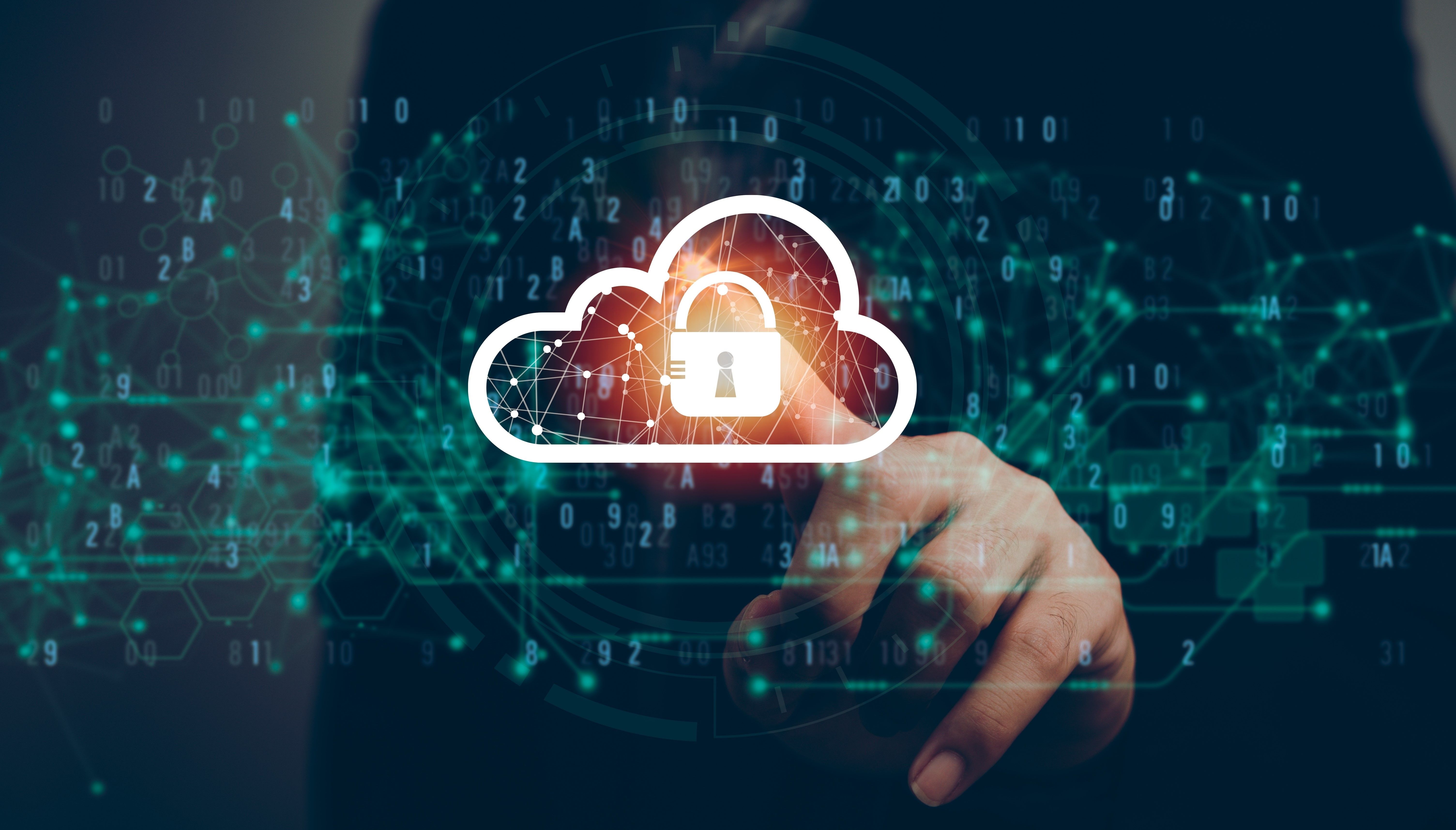The position of safety has moved far past guarding entrances or scanning a number of CCTV screens. Companies at this time face more and more advanced challenges—defending high-value belongings, managing a number of websites, and making certain the security of individuals in high-traffic or high-risk environments.
Manpower-heavy fashions, whereas efficient in sure contexts, usually wrestle to ship uninterrupted, error-free protection. Conversely, technology-only options could detect threats rapidly however lack the human instinct and judgement to evaluate conditions in actual time. That is the place the hybrid safety mannequin—combining distant monitoring with on-ground manpower—is proving transformative.
The evolving safety panorama
Safety dangers have grown in scale and unpredictability. Amenities now face incidents like unauthorised entry, asset tampering, and coordinated intrusion makes an attempt. In massive campuses, industrial vegetation, and logistics hubs, these threats may cause operational and reputational harm.
Manpower-only methods may be restricted by fatigue, absence, and the bodily protection a guard can present at one time. However, tech-only setups—whereas providing fixed monitoring—can misread context or set off false alarms. The answer lies in a balanced system that marries human adaptability with technological precision.

What’s a hybrid safety mannequin?
A hybrid safety mannequin integrates educated safety personnel with superior distant monitoring infrastructure akin to AI-enabled CCTV cameras, movement sensors, entry management methods, and perimeter alarms.
Expertise handles steady surveillance, sample recognition, and immediate alerting. Manpower steps in to confirm, assess, and act upon these alerts. For example, if a movement sensor detects exercise close to a restricted space, the command centre receives an alert, evaluations the stay feed, and dispatches on-ground personnel if wanted.
This method delivers sooner, extra correct, and more cost effective safety than conventional strategies.
Key parts of distant monitoring
1. Surveillance cameras with analytics: Excessive-definition cameras can detect anomalies like loitering, crowd gatherings, or perimeter breaches.
2. IoT-enabled sensors: These monitor environmental circumstances, vibrations, or entry factors to detect tampering or uncommon exercise.
3. Central command centres: Performing as operational hubs, they obtain stay feeds from a number of websites, enabling simultaneous monitoring throughout areas.
4. Automated alerts and protocols: The second an anomaly is detected, automated protocols information response—dispatching personnel, sounding alarms, or locking down zones.
This layered method permits companies to watch in depth services with out proportionally rising manpower, making operations scalable and cost-efficient.
The human edge in safety
Expertise can’t exchange human judgement in nuanced conditions. Educated personnel can learn delicate cues—physique language, tone, indicators of misery—that machines would possibly miss.
A guard would possibly recognise that somebody lingering close to a loading bay is just not merely “ready” however exhibiting intent to bypass entry controls. In emergencies, safety personnel can present reassurance, information evacuations, and calm distressed people—roles the place empathy is important.
Trendy guards are educated to interpret tech-driven alerts, confirm incidents, and coordinate with distant operators. This collaboration ensures swift, proportionate, and efficient responses.
Why hybrid safety works
The hybrid method provides clear advantages:
24/7 vigilance with out fatigue: Steady monitoring with out gaps.Sooner incident response: Actual-time alerts scale back response time.Price effectivity: Bigger areas secured with out proportional headcount will increase.Scalability: Straightforward to increase to a number of or distant websites.Detailed reporting: Digital logs and recordings assist audits and investigations.
Industries from manufacturing to hospitality are already seeing decreased losses and improved security by means of hybrid fashions.
Future instructions for hybrid safety
The long run guarantees deeper integration between manpower and monitoring methods. Drone-based patrols, enhanced facial recognition for entry management, and predictive analytics for crowd administration are already in testing.
Safety personnel are evolving into “safety technicians”—combining bodily presence with tech fluency. This shift not solely boosts effectivity but additionally opens up extra expert profession pathways within the business.
Conclusion
Hybrid safety is greater than a development—it’s the logical subsequent step in defending belongings, infrastructure, and other people. By mixing expertise’s velocity with human intelligence, organisations can construct proactive, scalable, and future-ready methods.
The important thing lies in creating true partnerships between machines and people, making certain every amplifies the opposite’s strengths. In an unpredictable world, that mixture provides probably the most dependable path to staying one step forward.
(Anuj Rajain is the International Chief Govt Officer of Tenon Group, a supplier of built-in safety, facility administration, and distant monitoring options.)
Edited by Kanishk Singh
(Disclaimer: The views and opinions expressed on this article are these of the creator and don’t essentially replicate the views of YourStory.)



